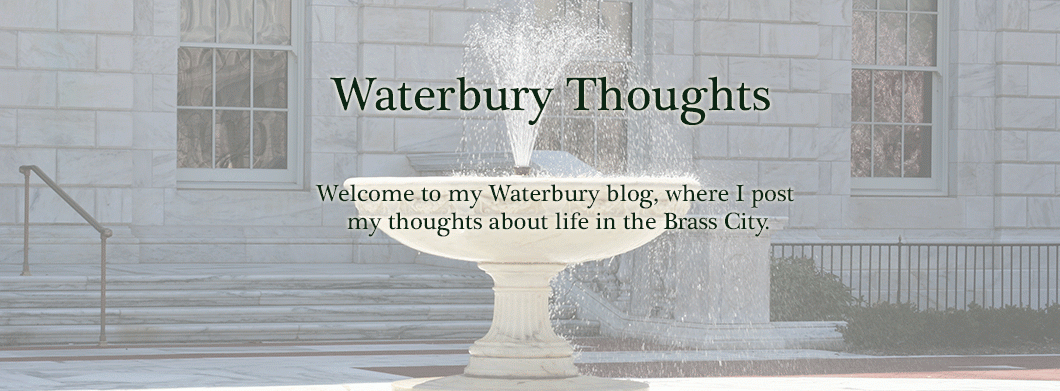Waterbury's population boomed during the late 1800s, with thousands of people moving here to work in the factories. From 1870 to 1900, Waterbury's population grew from 13,148 to 51,139. It reached 73,141 in 1910.
Waterbury's growth was directly connected to the growth of industry and transportation throughout the country. This was an era of expansion, innovation, and colonization.
The first Christmas cards in the United States were introduced in 1874 by Louis Prang & Co. The advent of chromolithographic printing made the production of colorful cards affordable for the masses.
Thomas Nast's iconic illustration of Merry Old Santa Claus, carrying an armload of toys, appeared in Harper's Weekly magazine on January 1, 1881.
 |
| Thomas Nast, Merry Old Santa Claus, 1881 |






